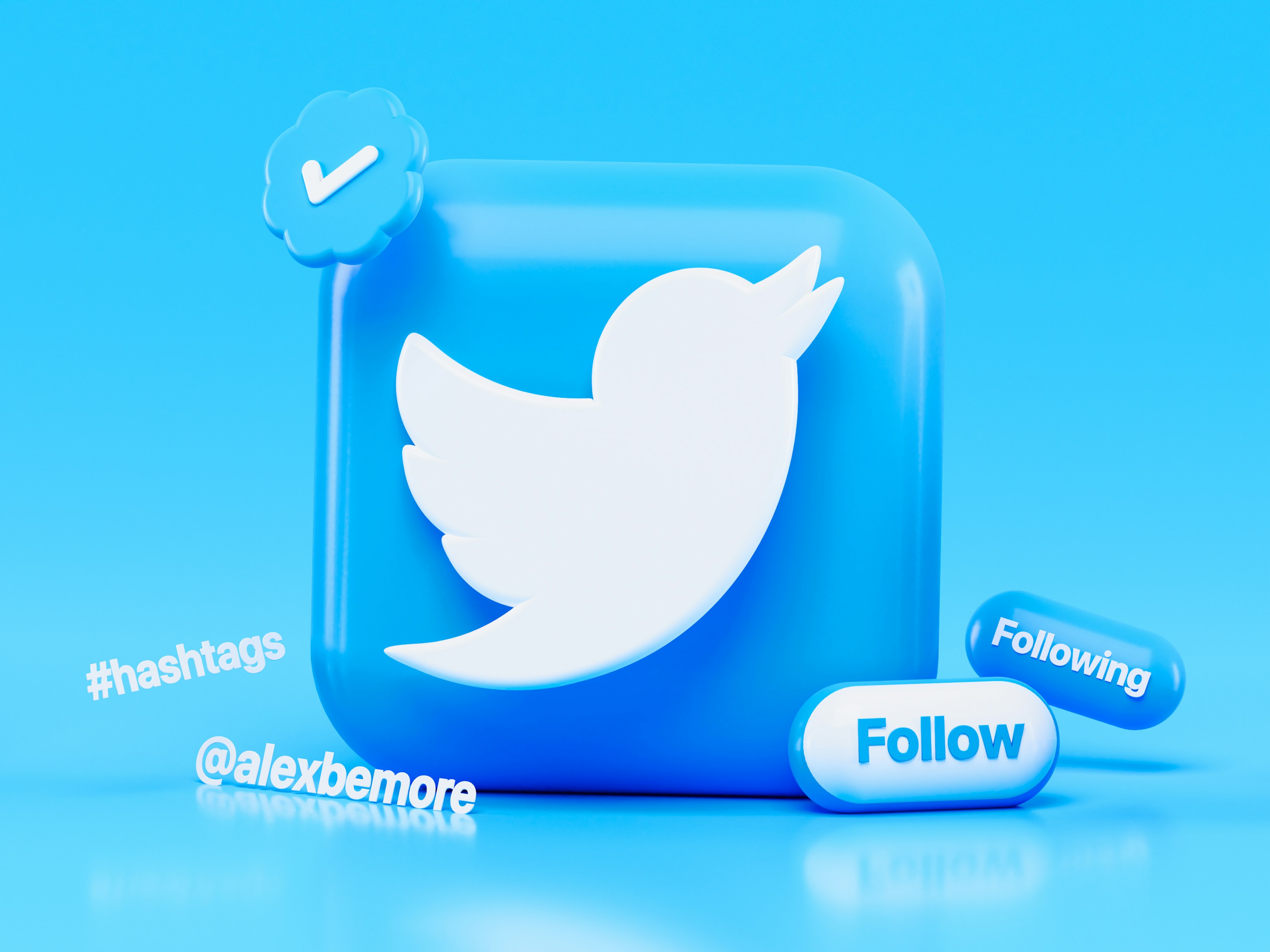Introduction
Twitter is a popular social media platform that bloggers can use to promote their content and reach a wider audience. While there are several ways to promote your blog on Twitter, using Twitter Ads can help you reach a targeted audience and increase engagement. In this article, we will discuss the best practices for using Twitter Ads to promote your blog.
Table of Contents
1. Understanding Twitter Ads
Twitter Ads is a paid advertising platform that allows businesses and individuals to promote their content on Twitter. Twitter Ads can help you reach a targeted audience and increase engagement by showing your ads to users who are most likely to be interested in your content.
Twitter Ads offers several ad formats, including Promoted Tweets, Promoted Accounts, and Promoted Trends. Each ad format has its own set of features and benefits, and choosing the right ad format is crucial for the success of your ad campaign.
2. Setting Up a Twitter Ads Account
To use Twitter Ads, you will need to set up a Twitter Ads account. Setting up an account is easy and can be done in a few simple steps:
•
Go to ads.twitter.com and sign in with your Twitter account
•
Enter your billing information and choose a payment method
•
Set up your campaign and choose your ad format
•
Define your target audience and set your budget
3. Choosing the Right Ad Format
Choosing the right ad format is crucial for the success of your ad campaign. Twitter offers several ad formats, including:
•
Promoted Tweets: Promoted Tweets are regular tweets that you pay to promote to a wider audience. Promoted Tweets can help you reach a larger audience and increase engagement.
•
Promoted Accounts: Promoted Accounts are used to promote your Twitter account to a wider audience. Promoted Accounts can help you gain new followers and increase your reach.
•
Promoted Trends: Promoted Trends are used to promote a hashtag or topic to a wider audience. Promoted Trends can help you increase engagement and reach a larger audience.
4. Defining Your Target Audience
Defining your target audience is crucial for the success of your ad campaign. Twitter Ads allows you to target your ads based on several factors, including:
•
Demographics: You can target your ads based on age, gender, location, and language.
•
Interests: You can target your ads based on the interests of your target audience.
•
Keywords: You can target your ads based on specific keywords and phrases.
5. Setting a Budget and Bidding Strategy
Setting a budget and bidding strategy is important for controlling your ad spend and ensuring that your ads are seen by your target audience. Twitter Ads offers several bidding strategies, including:
•
Cost per click (CPC): You pay for each click on your ad.
•
Cost per impression (CPM): You pay for each time your ad is shown.
•
Cost per engagement (CPE): You pay for each engagement with your ad.
6. Creating Ad Content
Creating compelling ad content is crucial for the success of your ad campaign. Your ad content should be relevant, engaging, and visually appealing. Twitter Ads allows you to create several types of ad content, including:
•
Text-based ads: Text-based ads are simple ads that consist of text only.
•
Image ads: Image ads are ads that feature an image or graphic.
•
Video ads: Video ads are ads that feature a video or animation.
•
Carousel ads: Carousel ads are ads that allow users to swipe through multiple images or videos.
•
App install ads: App install ads are ads that promote mobile apps and encourage users to download them.
When creating ad content, it's important to keep in mind the goal of your ad campaign and the interests of your target audience. Your ad content should be visually appealing, concise, and relevant to your target audience.
7. Tracking Your Ad Performance
Tracking your ad performance is important for optimizing your ad campaign and improving its effectiveness. Twitter Ads offers several metrics for tracking your ad performance, including:
•
Impressions: The number of times your ad was shown.
•
Engagements: The number of clicks, retweets, likes, and replies your ad received.
•
Click-through rate (CTR): The percentage of users who clicked on your ad.
•
Conversion rate: The percentage of users who took a desired action after clicking on your ad.
8. Optimizing Your Ads
Optimizing your ads is important for improving their effectiveness and achieving your ad campaign goals. Here are some tips for optimizing your Twitter Ads:
•
Test different ad formats and targeting options to see what works best for your campaign.
•
Monitor your ad performance regularly and adjust your bidding strategy and budget as needed.
•
Experiment with different ad content to see what resonates with your target audience.
•
Use ad scheduling to show your ads at the times when your target audience is most active on Twitter.
9. Best Practices for Twitter Ads
Here are some best practices for using Twitter Ads to promote your blog:
•
Keep your ad content relevant and engaging.
•
Target your ads to a specific audience to maximize their effectiveness.
•
Experiment with different ad formats and targeting options to see what works best for your campaign.
•
Monitor your ad performance regularly and adjust your strategy as needed.
10. Conclusion
Twitter Ads can be a powerful tool for promoting your blog and reaching a wider audience. By following the best practices outlined in this article, you can create effective Twitter Ads that drive engagement and increase traffic to your blog.
11. FAQs
1.
How much does it cost to use Twitter Ads?
2.
What is the difference between Promoted Tweets and Promoted Accounts?
3.
Can I target my Twitter Ads to specific locations?
4.
How do I track the performance of my Twitter Ads?
5.
How long does it take to set up a Twitter Ads campaign?
Recent Post

